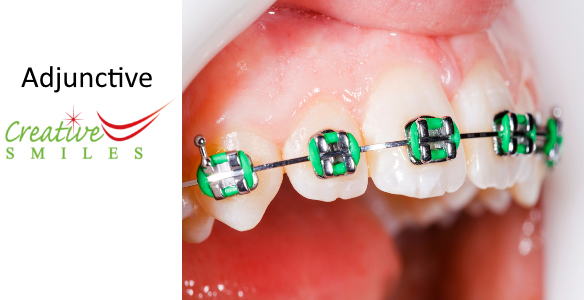
Any treatment necessary before, during, or after a dental procedure in order to ensure the success of the process is referred to as a “dental adjunctive procedure.” There is no difference between an adjunctive dental procedure and an accessory, supplementary, additional, or subsidiary dental operation.
Who needs an Adjunctive dental procedure?
For certain individuals, further treatment may be required to make sure that the implant is surrounded by enough healthy bone. Additionally, it also implies to other orthodontic procedures.
What are the different types of Adjunctive procedures for dental implants?
The several kinds of adjunctive treatments that may be done in combination with dental implants are listed below:
- Gum Grafting
- Crown Lengthening
- Bone Grafting
What is Adjunctive orthodontic services?
Additional orthodontic operations are referred to as “adjunctive orthodontic treatments,” and they are often carried out in combination with other essential dental procedures. The fundamental goal of supplemental orthodontics is to improve a patient’s overall oral health by fortifying their teeth and gums.
What are the different types of Adjunctive orthodontic services?
The most popular auxiliary orthodontic treatments are palatal expanders, elastics, and retainers.
What are the perks of Adjunctive dental procedures?
With the help of ancillary dental procedures, which support the maintenance of oral health, periodontal cavities and pockets may be prevented. Additionally, it may make your teeth look brighter and more uniformly spaced, which might enhance the appearance of your smile.
The advantages that come with adjunctive dental treatments are as follows:
- Enhanced dental health
- Correct and better spacing of teeth
- Aesthetic enhancements
- Improved tooth position
Related Terms:
Published on July 9, 2022, Updated on September 12, 2022
